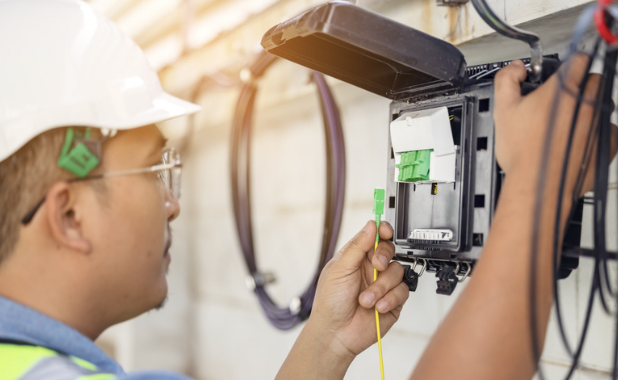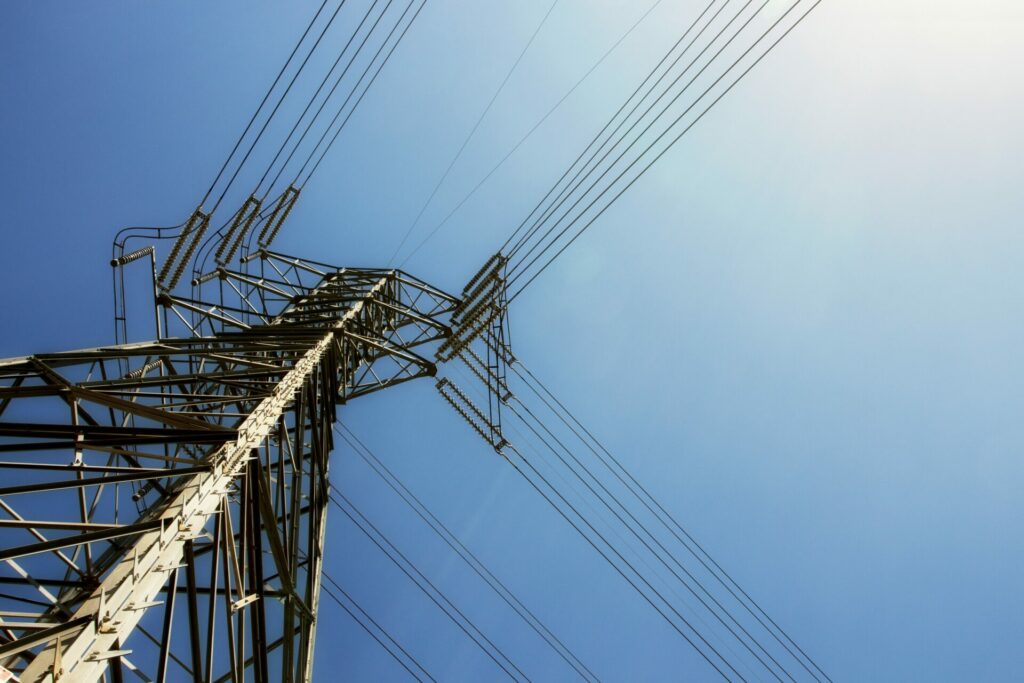In recent years, internet access has transitioned from being a luxury to an absolute necessity. It connects individuals to critical economic, employment, educational, emergency, and telehealth resources. Unfortunately, rural areas continue to face unique challenges due to geographical isolation, limited infrastructure, and economic vulnerabilities. Many rural communities still lack access to high-speed broadband, preventing residents from fully participating in our increasingly digital world.
In 2022, RuralRISE published a detailed white paper, “Rural Communities and the National Broadband Imperative,” which outlined the state of broadband connectivity in rural America. Since then, significant developments such as funding initiatives, legislative efforts, technological advancements, and public-private partnerships have rapidly changed the landscape. In response, we have revisited and updated our recommendations to reflect the current reality in 2024.
The importance of focusing on rural areas cannot be overstated. For too long, these communities have been underserved, resulting in significant disparities in access to essential digital resources. We believe that by aligning these recommendations with the goals of federal broadband programs, policymakers, community leaders, and other stakeholders can maximize the impact of available resources. Collaboration at the federal, state, and local levels will be essential to providing rural communities with the support they need to thrive in a digital world.
Our recommendations included the following key points:
State Broadband Offices and Engage Local Leadership: Centralized state offices will streamline communication and coordinate initiatives while engaging local leaders to ensure that broadband deployment addresses the unique needs of diverse rural communities.
Invest in Workforce Development and Implement Technology-Neutral Policies: A skilled workforce is essential for building and maintaining sustainable broadband infrastructure. Workforce Development must remain adaptable to emerging technologies, ensuring future-proof solutions for rural areas.
Develop Affordability Programs and Focus on Long-Term, Coordinated Solutions: Creating robust funding mechanisms and affordability programs is critical to ensure that rural communities can both access and maintain broadband services. Sustainable, coordinated solutions are necessary to ensure long-lasting impact.
Leverage Federal Broadband Funding and Address the Changing Landscape: The Infrastructure Law provides $65 billion in funding to improve internet access, with new programs like BEAD. Rural areas must align efforts with these funding opportunities to adapt to rapid changes in regulations, technology, and resources.
Prioritize Digital Divide Solutions and Policy Coordination: Bridging the digital divide remains vital for equitable access to education, healthcare, and economic opportunities. Coordinated policy efforts at federal and state levels should streamline regulations, allocate funding strategically, and foster collaboration among stakeholders.
Ensure Digital Literacy and Inclusion: As broadband reaches more unserved and underserved communities, digital literacy must be a constant focus in all programming. Inclusive efforts are imperative to guarantee equal access and opportunities for every rural community.
In summary, the updated recommendations presented here represent a proactive and strategic approach to addressing the challenges of rural broadband access and affordability. By focusing on the unique needs of rural areas and ensuring coordination across all levels, we can pave the way for a future where all rural communities have access to affordable and reliable broadband services.
As always, RuralRISE remains dedicated to prioritizing rural needs and ensuring sustainable, affordable, and accessible broadband for rural America. RuralRISE was established to share resources and programming, and now, more than ever, rural communities must utilize these existing resources and collaborate effectively to move this vision forward.
We will continue to amplify the voices of rural communities and organizations. It is crucial that rural perspectives are always represented at the table to ensure that the unique rural challenges and opportunities are addressed.
Sincerely,
Tina Metzer
Co-Founder RuralRISE Tech



